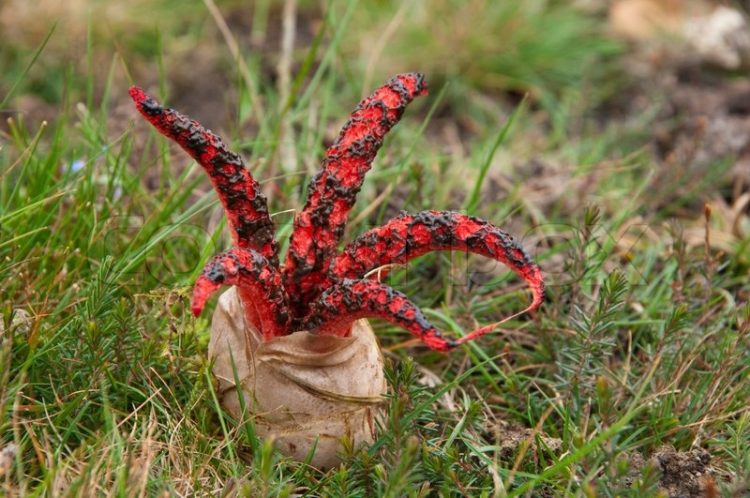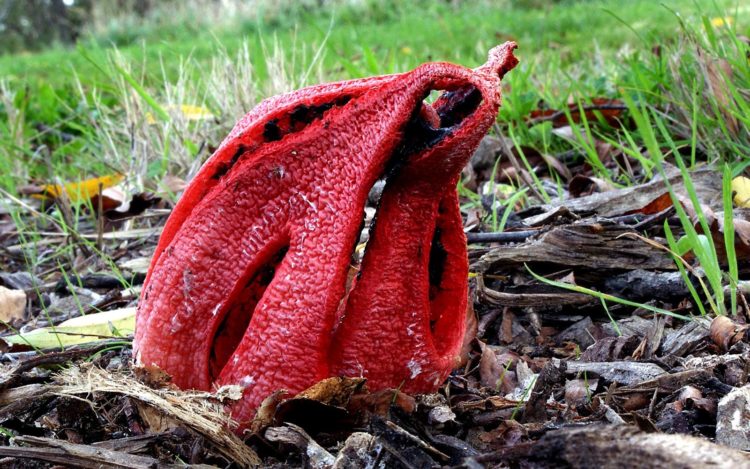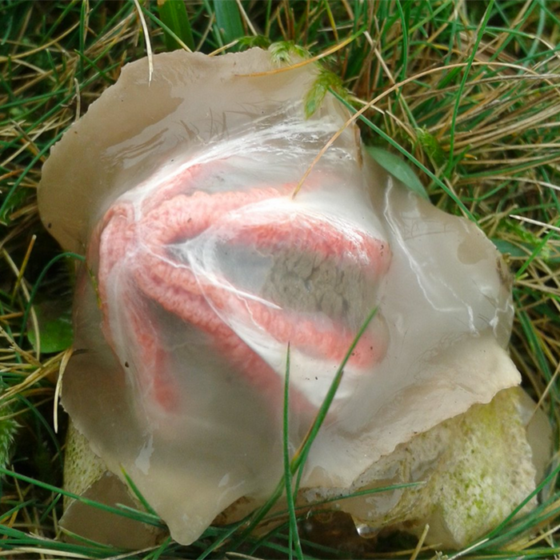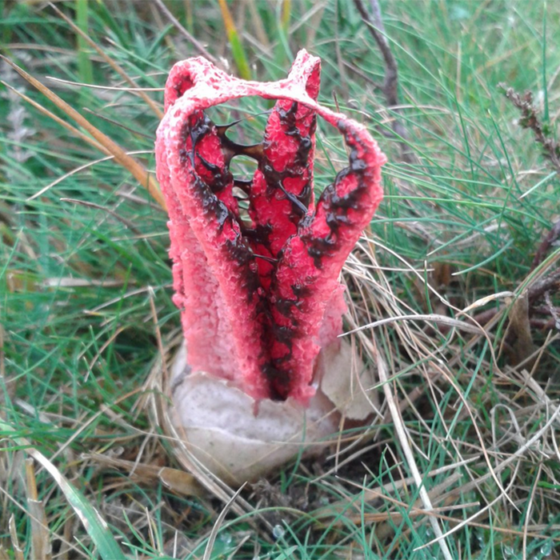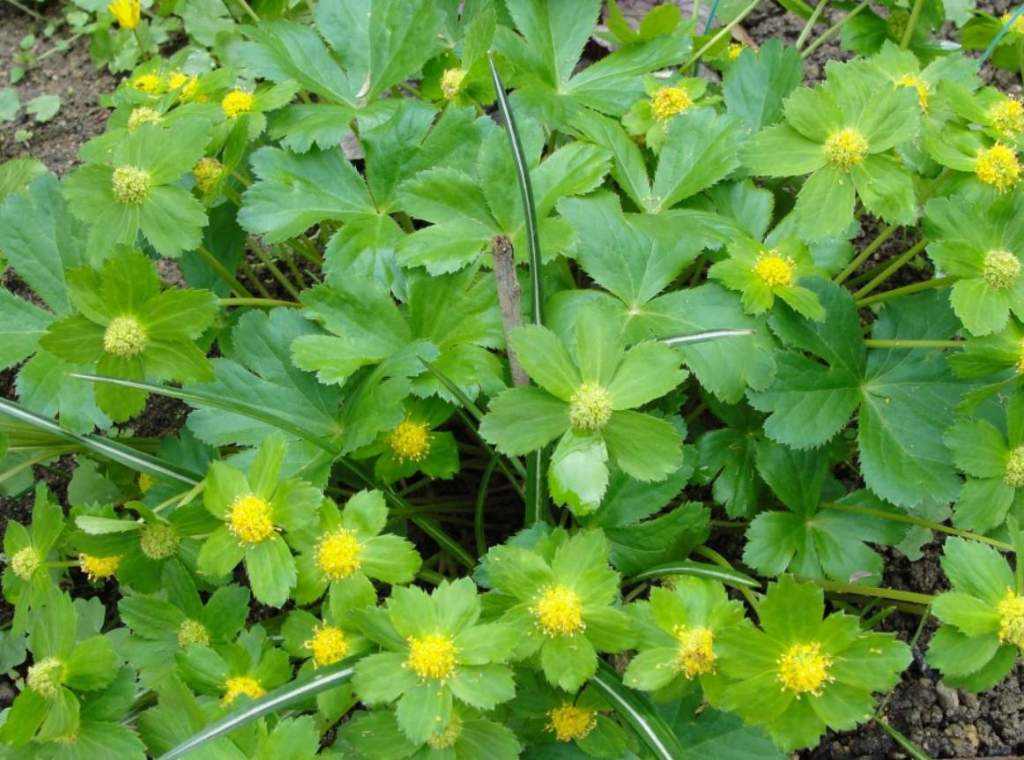Clathrus archeri, commonly known as octopus stinkhorn, or Devil’s Finger, is a fungus indigenous to Australia and New Zealand. Also, it is an introduced species in Europe, North America, and Asia. In Britain, this amazing fungus is usually known as Devil’s Fingers. However, in many parts of the USA, it is referred to as the Octopus Fungus. This crazy organism looks better suited to life on Proteus than on Earth. The fungal “egg” opens, unleashing four to eight blood-red arms.
A large, starfish-like fruit body whose 4 to 8 arched red arms are coated with a smelly gleba on the upper surface, the mature fruit body is typically 20cm across with arms arching to 10cm in height. Devil’s Finger is a saprobic and mainly found in leaf litter under trees and shrubs; it is also increasingly found on bark mulch in parks and gardens.
The young fungus erupts from a sub-erumpent egg by forming into four to seven elongated, slender arms originally erect and attached at the top. After that, arms unfold to reveal a pinkish-red interior covered with a dark-olive spore-containing gleba. Therefore, at the time of maturity, it smells like putrid flesh. Before rupturing, the ball or egg of Clathrus archeri is typically 2 to 3cm in diameter.
The bright red color makes this remarkable species very easy to identify; however, it is a relatively rare find in Britain and mainly found in the south of England and in the Channel Islands. Devil’s Finger is not proven to be toxic, but it is treated as suspect and can tolerate the stench; it’s a risky snack.
In fact, the eggs of numerous stinkhorns are edible, but there are no archives of fights that have taken place over these delicacies, as there surely are over truffles, morels, and some kinds of edible boletes. The arms of Devil’s Fingers emerge vertically and spread out, making the gleba accessible to insects.
It is by this means that the spores are distributed. In recent times, Devil’s fingers, with white tentacles or arms have been witnessed in the Shola Forests of the Western Ghats, Kerala, India. The Devil’s Fingers fungus is not commonly used for any practical purposes. It is primarily of interest to naturalists, mushroom hunters, and those interested in the diversity of fungal species. The Devil’s Fingers fungus is a type of stinkhorn and is known for its distinctive, finger-like fruiting bodies that emit a foul odor. It is not considered edible, and it is generally not used for medicinal or culinary purposes.
Read More: The Sad Story of Stuckie The Mummified Dog
